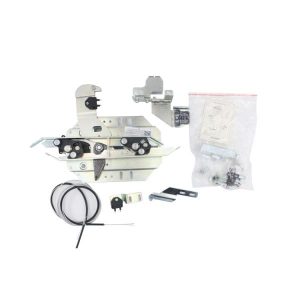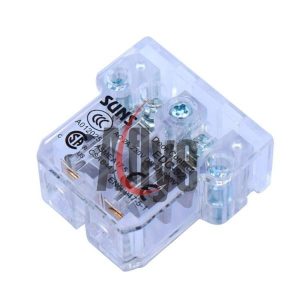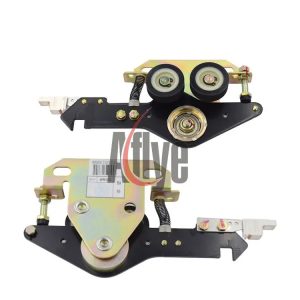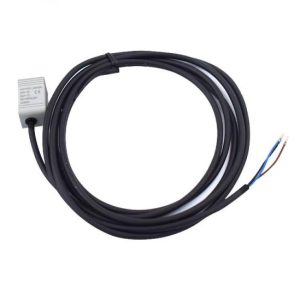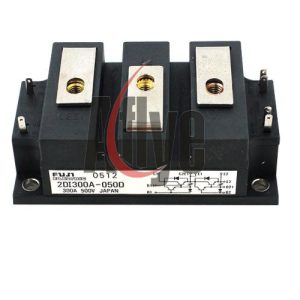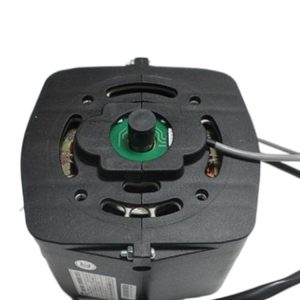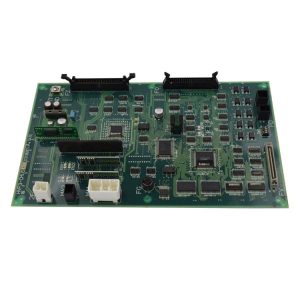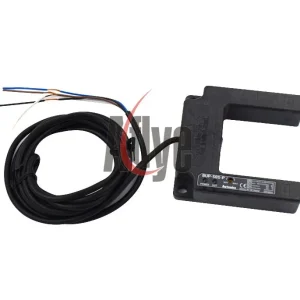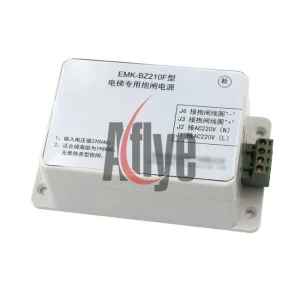Product Overview
The Elevator Seismic Sensor is a device used in conjunction with an elevator control system to ensure that the elevator enters a controlled operation mode before or during an earthquake. When an earthquake is detected in advance, the seismic monitoring instrument identifies seismic waves and outputs alarm signals to the elevator control system. This ensures that the elevator stops at the nearest floor, opens its doors, and allows passengers to exit safely, thereby protecting both passengers’ lives and the elevator system from damage.
Key advantages of the system:
High-precision, low-noise seismic data acquisition
Fast and accurate earthquake event detection
Two-stage trigger signal output: The instrument provides three relay output signals:
Primary alarm relay output
Secondary alarm relay output
Fault relay output
Each relay is connected to the relevant elevator system to provide necessary control signals.
| Technical Parameters | ||
| Mode No. | PQM3000 | PQM3001 |
| Backup Power | / | >8h |
| Input Voltage | DC24V±10% 50Hz | |
| Output Mode | Three Relay Output | |
| Contact Capacity | 1.0A 30V DC,0.5A 125V AC | |
| Frequency Response | 0.1Hz ~ 30Hz | |
| First level alarm acceleration Threshold setting range | 0.2 m/s2 ~ 1 m/s2 | |
| Second level alarm acceleration Threshold setting range | 0.4 m/s2 ~ 3 m/s2 | |
| Acquisition Accuracy | 0.01 m/s2 | |
| Reset Mode | Auto/manual Reset | |
| Alarm Records | 100 | |
| Power Consumption | < 5W | |
| Temperature | -10°C ~ 60°C | |
| Relative humidity | 93% non-condensing | |
| Protection Class | IP65 | |
| Dimension | 180mm×155mm×89mm | |
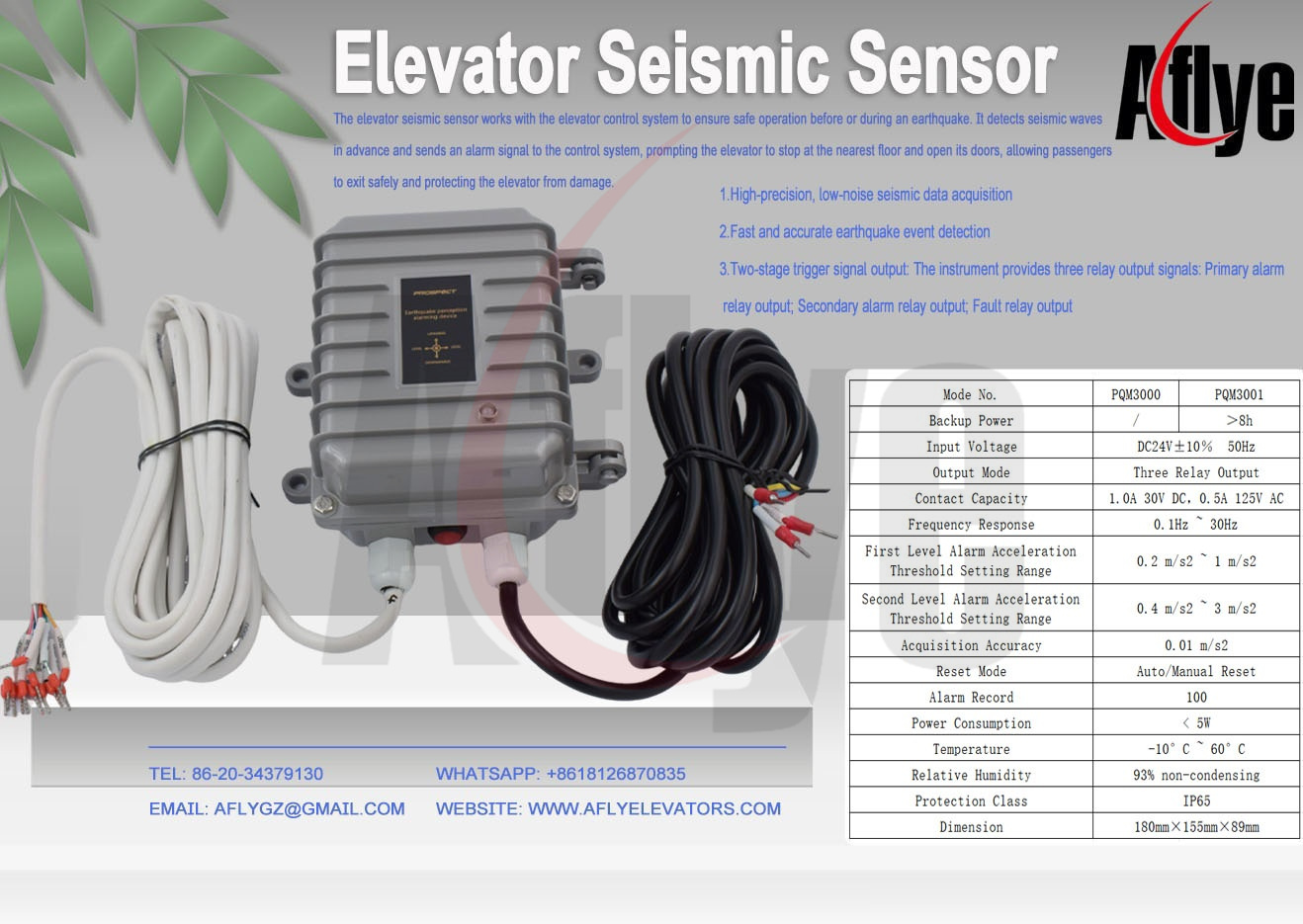
Working Principle
The device collects ground motion acceleration in three directions (X/Y/Z) to accurately detect earthquakes.
When a P-wave (early earthquake wave) arrives, the accelerometer detects vertical vibrations and outputs an electrical signal. This signal is filtered, amplified, converted into digital form, and processed by a microprocessor.
When an S-wave (later, more destructive wave) arrives, the accelerometer detects horizontal vibrations, which undergo the same processing for accurate earthquake detection.
The instrument has three relay outputs, which connect to the elevator control system:
Primary Alarm Output:
Triggered when a P-wave or low-intensity ground motion is detected.
Indicates a possible earthquake.
If no secondary alarm is triggered within 10 seconds, the system automatically resets, and the alarm signal disappears.
Secondary Alarm Output:
Triggered when a high ground motion acceleration is detected.
Does not reset automatically—requires manual inspection by an elevator technician to confirm safety before reset.
Fault Relay Output:
Signals system faults to the elevator control system.
System Features
- Advanced Design
- Uses a 3-axis accelerometer for precise earthquake detection (P-wave and S-wave integration).
2. Easy Installation & Setup
- Self-learning capability allows the device to work without precise installation alignment
3. Multi-Level Alarm System
- Reduces false alarms through tiered alerting.
4. Adjustable Alarm Thresholds
- Alarm levels can be adjusted via configuration software.
5. Remote Control & Data Storage
- Supports remote operation, function reset, and alarm record storage.
6. Self-Diagnosis
- Automatic fault detection and calibration, reducing the need for manual intervention.
7. Multiple Signal Outputs
- Various relay contacts meet different elevator control requirements.
8. High-Quality Build
- Durable aluminum alloy casing with dustproof and waterproof properties.
9.Uninterrupted Power Supply
- Powered by DC 24V under normal conditions.
- Seamless switchover to backup battery in case of power failure.
10.Industry Standard Participation
- Companyactively contributes to seismic alarm industry standards for elevators.

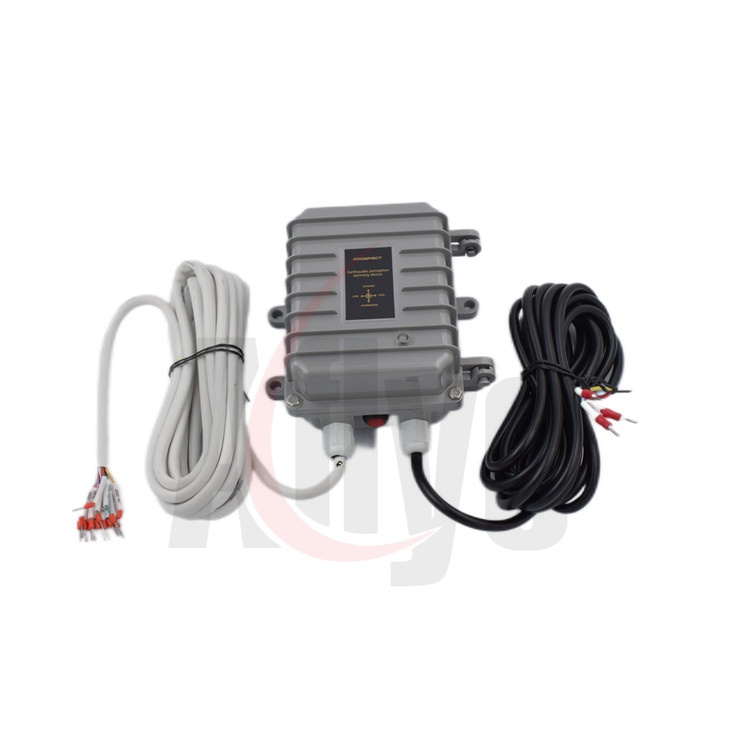
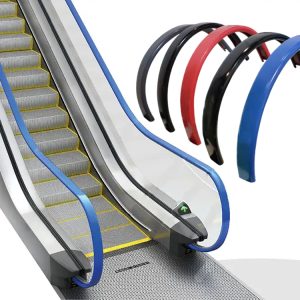
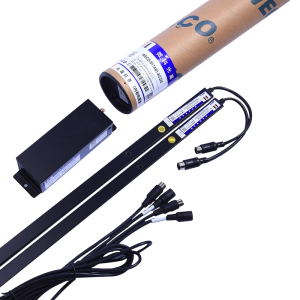
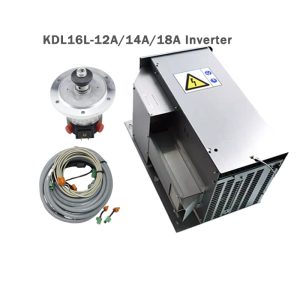
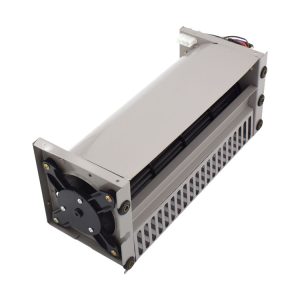
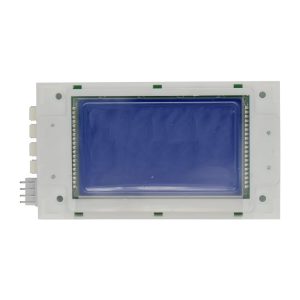
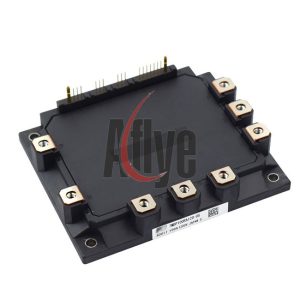
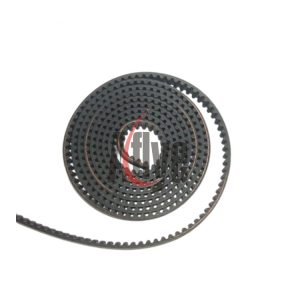
-300x300.jpg)
